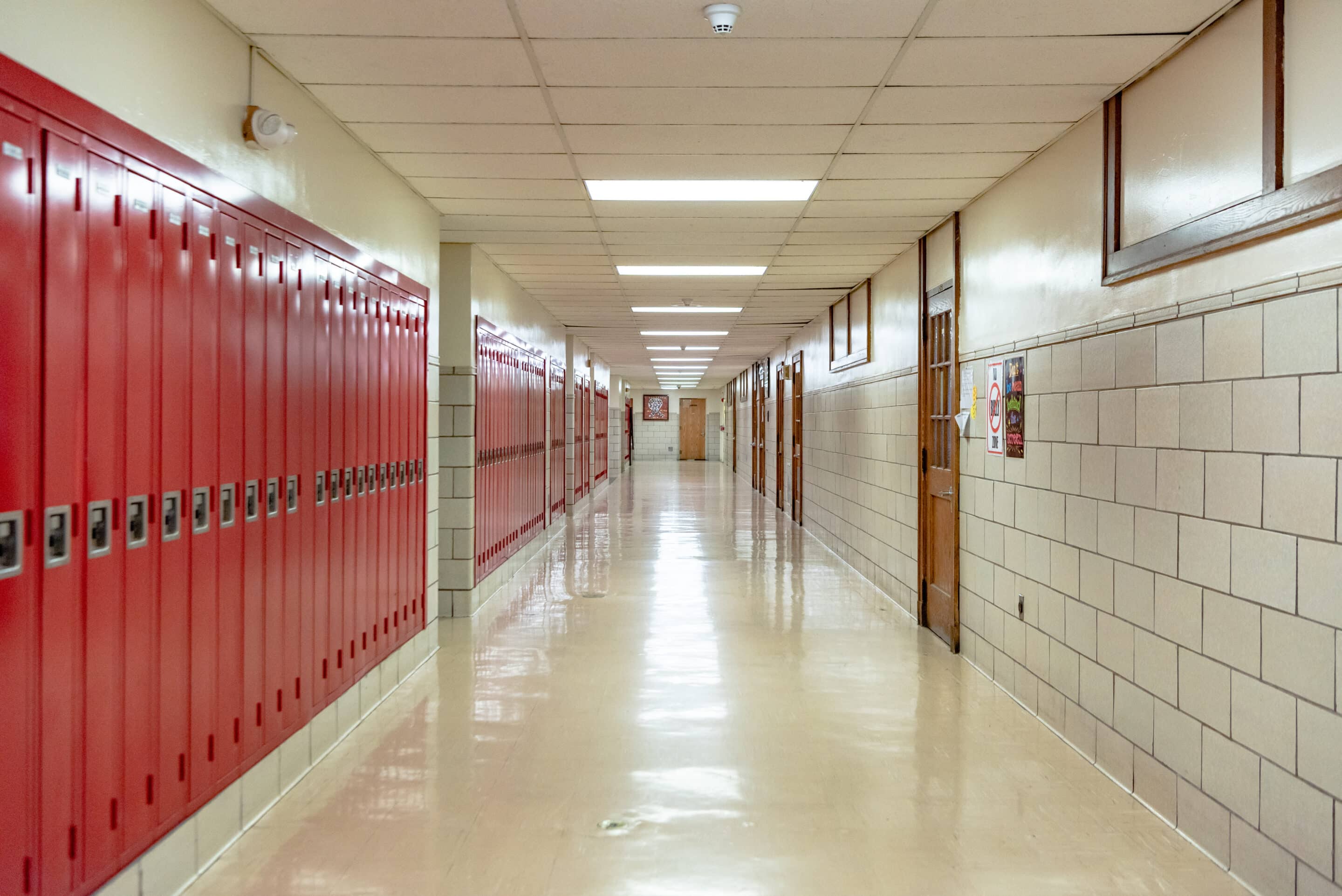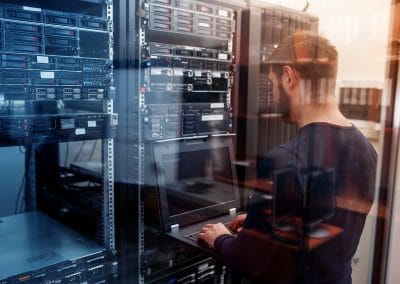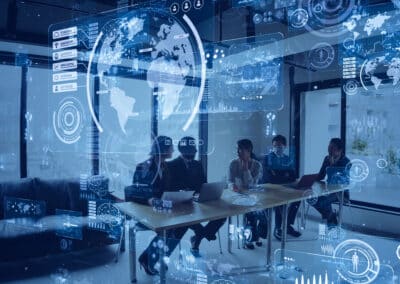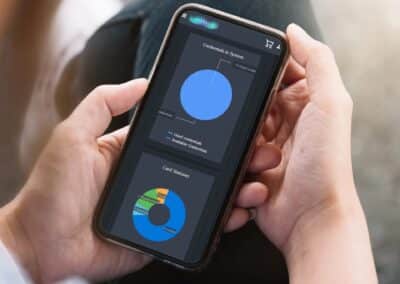Access Control in Educational Institutions: Protecting Students and Staff
In a time where safety and security have become paramount, educational institutions are increasingly turning to advanced access control systems to protect their students, staff, and assets. Access control in education is not just about managing who enters and exits the premises; it is a comprehensive approach to safeguarding the learning environment. In this article, we will delve into the vital role of access control in educational institutions, emphasizing safety and the prevention of unauthorized entry.

The Need For Access Control In Education
Safety and security are top priorities in educational settings, and access control is a fundamental element of any comprehensive security plan. Here are some reasons why access control is crucial in educational institutions:
Protecting Students & Staff
The safety and well-being of students and staff are paramount in any educational institution. Access control measures help ensure that only authorized individuals can enter the premises, minimizing the risk of intruders or unauthorized personnel posing threats.
Preventing Unauthorized Entry
Unauthorized access can disrupt the educational environment and pose significant security risks. Access control systems provide a barrier against intruders and unwanted visitors, maintaining a secure and focused atmosphere within the institution.
Asset Protection
Educational institutions possess valuable assets, from expensive equipment to sensitive data. Access control systems can safeguard these assets by restricting access to designated areas.
Emergency Response
In the event of an emergency, such as a lockdown or evacuation, access control systems can help authorities quickly identify and respond to threats. They enable remote locking and unlocking of doors, ensuring the safety of everyone inside.


Types Of Access Control Systems
There are various access control systems available for educational institutions, each with its own advantages. Some common types include:
Keyless Entry Systems
Keyless entry systems are a modern approach to controlling access to buildings or secure areas. They eliminate the need for traditional physical keys and rely on alternative methods for authentication. These methods include:
Keycards: Users are provided with special keycards that contain embedded information, often in the form of RFID (Radio-Frequency Identification) or magnetic stripe technology. To gain access, users simply present their keycards to a card reader.
Proximity Cards: These are similar to keycards but require even less physical interaction. When a user with a proximity card approaches a card reader, the system detects the card’s presence and grants access.
Biometric Scans: Biometric keyless entry systems use unique physical characteristics of individuals, such as fingerprints, retinal scans, or facial recognition, for access control. These systems provide a high level of security because they rely on unique biological traits.
Keyless entry systems offer several advantages, including convenience, as users don’t need to carry physical keys, and precise access control, as access permissions can be easily managed and updated.
Access Control Software
Access control software is a critical component of managing keyless entry systems. This software is used by administrators to:
Monitor and Manage Access Permissions: Access control software allows administrators to define who has access to specific areas or resources. They can easily add or remove users from the system, adjust access levels, and set time-based restrictions.
Track Entry and Exit Times: The software keeps a record of when users access secure areas, providing a detailed log of entry and exit times. This information can be crucial for security and accountability purposes.
Respond to Security Incidents: In the event of a security breach or unauthorized access, access control software can generate alerts and notifications, allowing administrators to respond quickly to potential threats.
Smart Locks
Smart locks are a form of keyless entry system that brings convenience and security to homes and institutions. These locks can be controlled remotely through mobile apps or computer interfaces. Here’s how they work:
Remote Control: Users can lock or unlock doors from a distance using a mobile app, which is particularly useful for allowing access to guests or service providers when they’re not physically present.
Access Management: Smart locks enable the creation of temporary access codes or virtual keys. These codes can be sent to others, allowing them to access a building for a specific period. Afterward, the codes can be deactivated.
Enhanced Security: Smart locks often have additional security features such as tamper alerts and the ability to receive notifications when someone enters or exits a property. This added layer of security can help prevent unauthorized entry.
In summary, keyless entry systems, access control software, and smart locks represent a modern approach to security and access control. They offer convenience, precise control, and enhanced security, making them valuable tools for both residential and institutional use.

Benefits Of Access Control In Education
Implementing access control systems in educational institutions brings several benefits:
Enhanced Safety
Access control systems reduce the risk of unauthorized access and create a safer environment for students, staff, and visitors.
Customized Access Levels
Administrators can customize access levels for different individuals, ensuring only authorized personnel can enter restricted areas.
Audit Trails
Access control systems maintain detailed records of who enters and exits the premises, providing valuable data for security assessments and investigations.
Remote Management
Many access control systems allow for remote management, enabling administrators to control access from anywhere at any time.
Cost Savings
Access control systems can save costs by reducing the need for physical keys and locks and minimizing security breaches.
The role of access control in education is not limited to preventing unauthorized entry; it also contributes to creating a secure and conducive learning environment. By investing in advanced access control solutions, educational institutions can protect their students, staff, and assets while maintaining the integrity of their educational mission.




